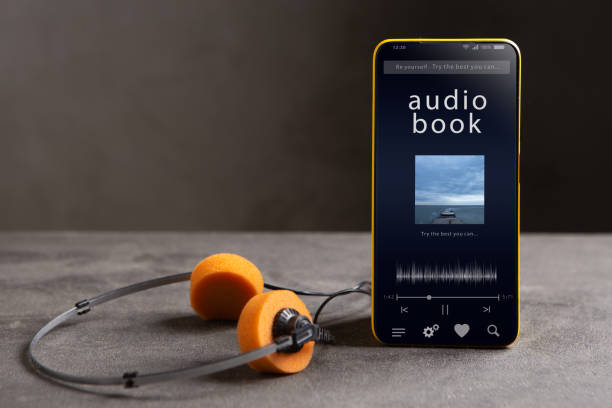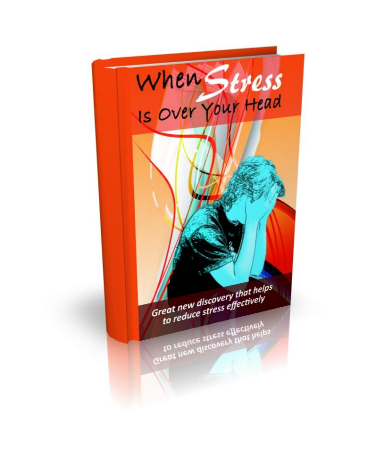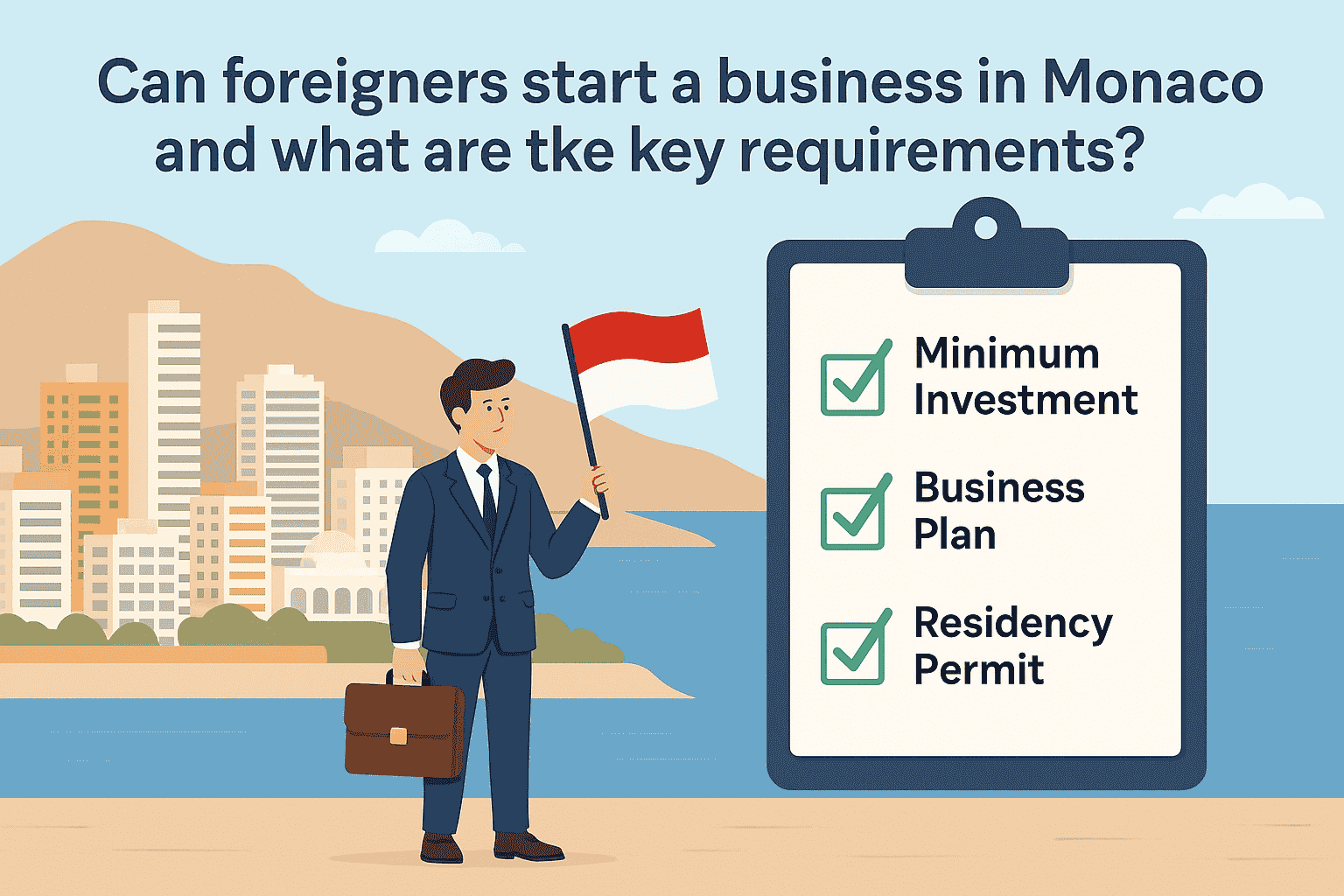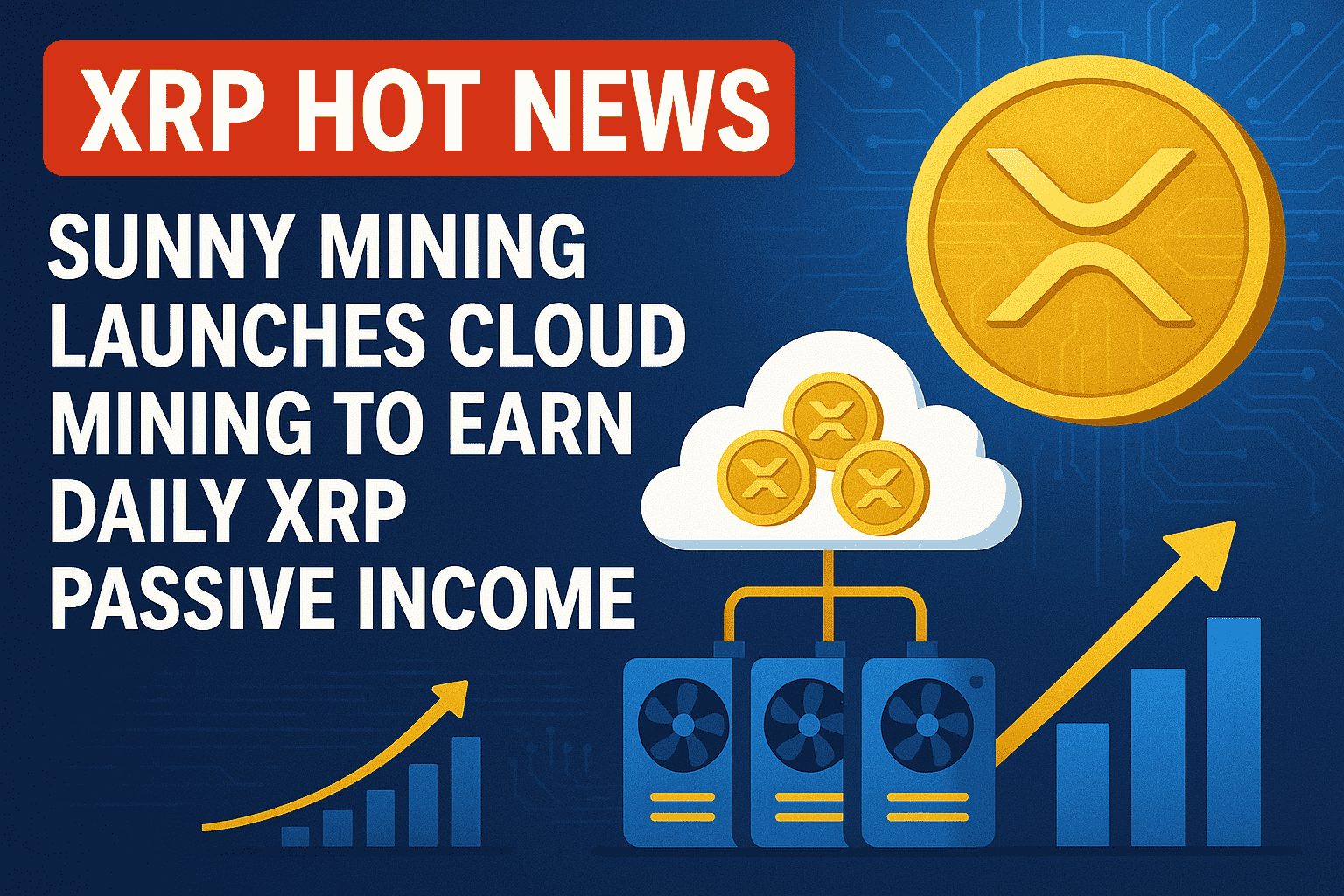Audiobook Publishing: Tools, Platforms, and Costs
Audiobooks are the fastest-growing segment in the publishing industry. With more people listening to books while commuting, exercising, or doing chores, authors who expand into audio can reach entirely new audiences — and increase their earnings.
If you’ve only published in print or eBook form, you might be wondering: How do I create an audiobook? What tools do I need? Which platforms should I use? And how much will it cost?
This guide covers everything you need to know about audiobook publishing, from production tools to distribution platforms and cost breakdowns.
1. Why Publish an Audiobook?
Before diving into the “how,” it’s worth understanding the “why.”
Benefits for Authors
-
Reach a growing audience – Audiobook listeners are often different from eBook/print readers.
-
Boost overall revenue – Many readers buy multiple formats of the same book.
-
Increase discoverability – Being on platforms like Audible and Scribd expands your visibility.
-
Enhance your brand – An audiobook signals professionalism and broadens your publishing portfolio.
According to the Audio Publishers Association, audiobook sales have been growing by double digits annually for over a decade.
2. Preparing Your Book for Audio
Not every book works equally well as an audiobook, but most can be adapted with some preparation.
Consider:
-
Narrative style – Dialogue-heavy books often perform well in audio format.
-
Length – Audiobook costs are typically based on hours of finished audio.
-
Rights – If you’re traditionally published, confirm you hold the audiobook rights before proceeding.
3. Recording Options: DIY vs. Professional Narration
You have two main options for producing your audiobook: record it yourself or hire a professional narrator.
A. DIY Narration
Pros:
-
Lower upfront costs if you already own equipment.
-
Personal connection — fans may love hearing your voice.
-
Full creative control.
Cons:
-
Steep learning curve for recording and editing.
-
Requires investment in quality equipment.
-
Time-consuming.
Essential DIY Equipment:
-
Microphone: Audio-Technica AT2020, Rode NT1, or similar ($100–$300)
-
Pop filter: Reduces harsh “p” and “b” sounds ($10–$20)
-
Audio interface: Focusrite Scarlett Solo or equivalent ($120–$150)
-
Headphones: Closed-back headphones for accurate monitoring ($50–$150)
-
Recording space: Quiet, sound-treated room or portable booth
Recording Software:
-
Audacity (free)
-
Adobe Audition (paid)
-
Reaper (affordable, pro-level)
B. Hiring a Professional Narrator
Pros:
-
High-quality audio and performance.
-
Faster turnaround.
-
Less technical hassle.
Cons:
-
Higher cost.
-
Less personal unless you choose to co-narrate.
Where to Find Narrators:
-
ACX (Audiobook Creation Exchange)
-
Voices.com
-
Fiverr Pro (only vetted professionals)
-
BeeAudio and Findaway Voices
4. Cost of Producing an Audiobook
Audiobook production costs vary based on narrator rates, length, and editing requirements.
Common Pricing Models:
-
Per Finished Hour (PFH): Most narrators charge $150–$400 PFH.
-
Example: A 10-hour audiobook at $200 PFH = $2,000.
-
-
Royalty Share: Narrator works for free upfront but gets a cut of future royalties (common on ACX).
-
Hybrid: Lower PFH rate plus smaller royalty share.
Additional Costs:
-
Editing and mastering (if not included) – $50–$100 PFH.
-
Cover art adjustment for audiobook specs.
-
Distribution fees (depending on platform).
5. Audiobook Distribution Platforms
Where you publish determines who can buy your audiobook and how you get paid.
A. ACX (Audiobook Creation Exchange)
-
Owned by Audible (Amazon) and distributes to Audible, Amazon, and iTunes.
-
Royalty rate:
-
Exclusive distribution: Up to 40% of sales price.
-
Non-exclusive distribution: 25%.
-
-
Payment: Monthly.
-
Production options: Hire narrators or upload finished audio.
Best for: Authors who want access to Audible’s massive audience.
B. Findaway Voices
-
Distributes to 40+ platforms (including Apple Books, Google Play, Kobo, Scribd, libraries).
-
Royalty rate: You keep 80% of what retailers pay Findaway.
-
Flexible pricing and non-exclusive contracts.
-
Offers narrator hiring service.
Best for: Authors who want wide distribution beyond Audible.
C. Author’s Republic
-
Distributes to Audible, iTunes, Google Play, Scribd, libraries, and more.
-
Royalty rate: You keep 70% of what retailers pay.
-
Non-exclusive distribution.
Best for: Authors seeking a simple “one upload, everywhere” approach.
D. Kobo Writing Life (Audiobooks)
-
Direct upload for authors with Kobo accounts.
-
Royalty rate: 45% of list price (non-exclusive).
-
Great for reaching international readers, especially in Canada.
Best for: Authors already selling eBooks on Kobo.
E. Other Direct Upload Platforms
-
Google Play Books
-
Apple Books for Authors
-
Scribd (through distribution partners)
6. Audiobook File Requirements
Most platforms require:
-
MP3 format (192 kbps or higher)
-
44.1 kHz sample rate
-
Constant Bit Rate (CBR)
-
Opening and closing credits
-
Separate files for each chapter
-
Proper file naming (e.g., 01_Chapter_One.mp3)
Cover art specs are often 2400 x 2400 pixels in JPG or PNG format.
7. Marketing Your Audiobook
Once your audiobook is live, promotion is key to maximizing sales.
Strategies:
-
Announce the audiobook launch to your email list.
-
Share audio snippets on social media.
-
Run ads on Facebook, BookBub, or Spotify.
-
Offer giveaway codes (ACX provides free promo codes).
-
Pitch to audiobook reviewers and podcasters.
8. Pricing Your Audiobook
Pricing depends on length, platform, and royalty rate.
-
Audible often sets pricing automatically based on length.
-
For wide distribution, you can set your own price (common range: $7.99–$29.99).
-
Libraries often pay more per audiobook but in smaller volumes.
9. Royalty Examples
ACX Exclusive Example:
-
10-hour audiobook priced at $19.95.
-
Royalty rate: 40%.
-
Earnings per sale: $7.98.
Findaway Voices Example:
-
Retailer pays $15.
-
You keep 80% = $12 per sale.
10. Common Mistakes to Avoid
-
Poor audio quality – Low-quality sound will kill sales.
-
Skipping proof-listening – Always check the final audio for mistakes.
-
Choosing the wrong narrator – Voice must match the book’s tone and genre.
-
Going exclusive without research – Understand the long-term impact before committing.
Conclusion
Audiobooks are no longer optional extras — they’re a key format for reaching modern readers. Whether you narrate it yourself or hire a professional, publish exclusively on Audible or go wide, the process is more accessible than ever.
The key to success is:
-
Investing in quality production.
-
Choosing the right distribution strategy.
-
Marketing to audiobook listeners.
Done right, your audiobook can become a powerful income stream and a lasting part of your author brand.








